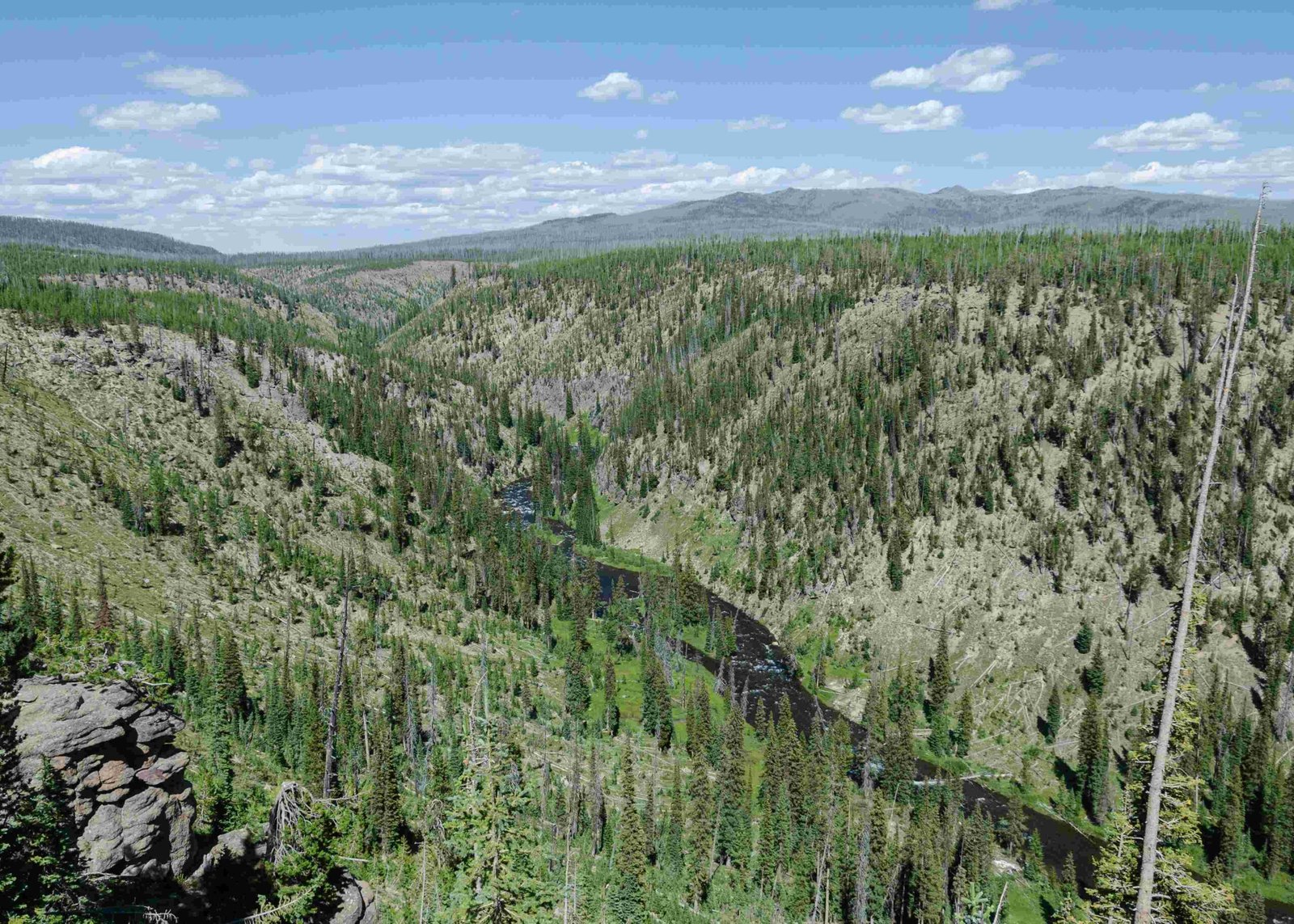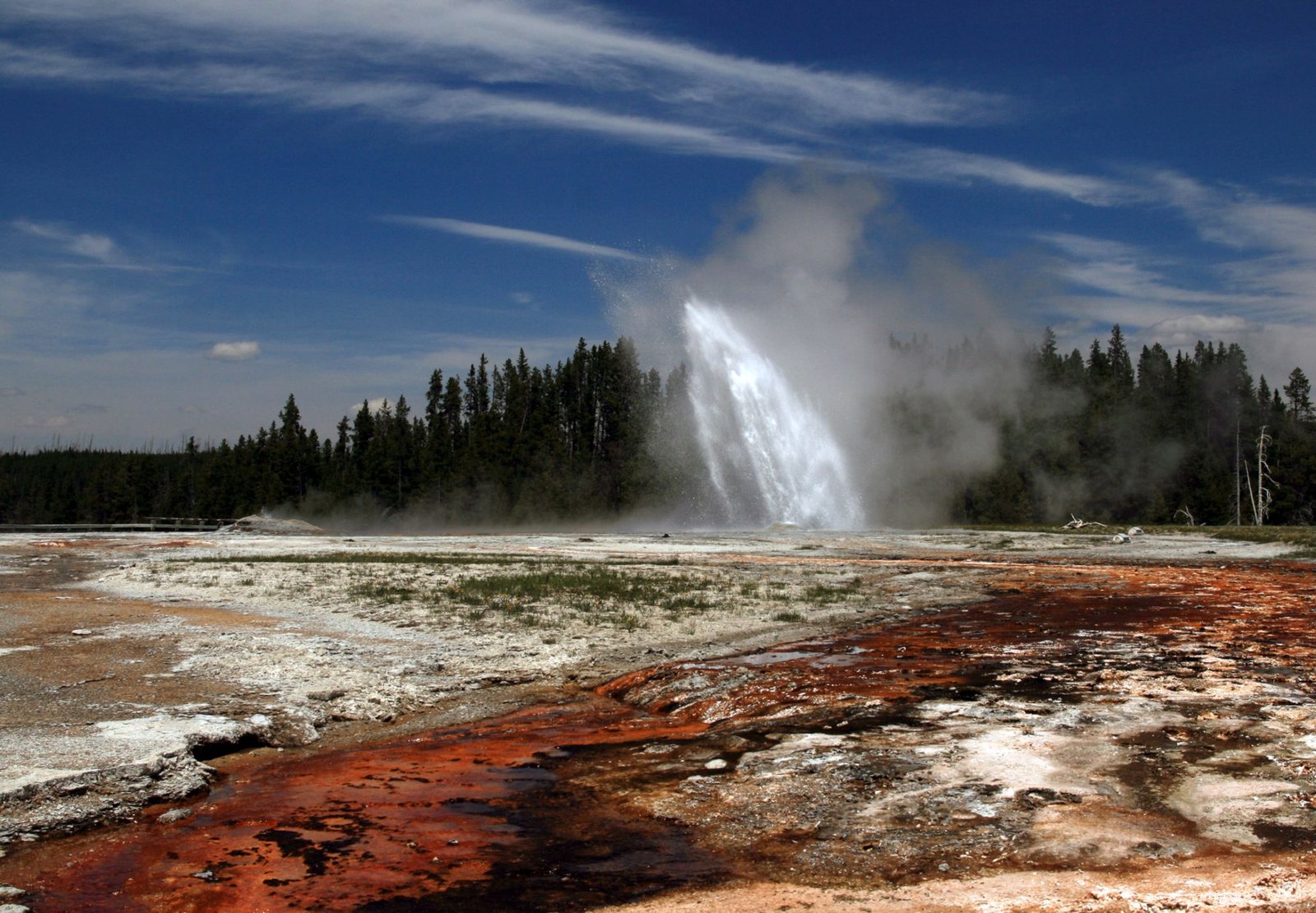Badgers in Yellowstone National Park are fascinating creatures known for their powerful digging abilities and unique hunting behaviors. These solitary mammals primarily inhabit open grasslands and shrublands within the park, where they prey on small rodents. Badgers in Yellowstone exhibit both nocturnal and diurnal activity patterns, with occasional cooperative hunting alongside coyotes. Their presence contributes to the park’s rich biodiversity and offers visitors a chance to observe one of North America’s most intriguing mustelids.
What Are the Behavioral Characteristics of Badgers in Yellowstone?

Badgers in Yellowstone National Park display a range of interesting behaviors that make them a captivating subject for wildlife enthusiasts and researchers alike.
How Do Badgers Interact Socially?
- Primarily solitary animals
- Females care for their young (kits)
- Kits leave the den at 8-10 weeks old
- Young badgers stay with their mother until fall
- Playful behavior observed among kits near burrows
What Are the Activity Patterns of Yellowstone Badgers?
- Mostly nocturnal, but can be active during daylight hours
- Peak activity times:
- Early morning
- Late afternoon
- Early evening
What Unique Behaviors Do Badgers Exhibit in Yellowstone?
One of the most intriguing behaviors observed in Yellowstone is the cooperative hunting between badgers and coyotes. This rare but remarkable interaction involves:
- Badger digging into burrows to flush out prey
- Coyote patrolling above ground to catch escaping animals
- Enhanced hunting success for both species
Where Can Badgers Be Found in Yellowstone National Park?

Understanding the habitat preferences of badgers is crucial for those hoping to observe these elusive creatures in Yellowstone.
What Are the Preferred Habitats of Yellowstone Badgers?
Badgers in Yellowstone favor:
- Open grasslands
- Shrub/grassland areas
- Regions with suitable soils for burrowing
Which Specific Areas in Yellowstone Are Known for Badger Sightings?
Notable locations for badger sightings include:
- Hayden Valley
- Slough Creek area
- Other open grasslands within the park
How Do Environmental Factors Influence Badger Distribution?
Badger presence is strongly influenced by:
- Availability of fossorial prey (burrowing animals)
- Suitable soil conditions for digging
- Avoidance of densely forested areas
What Do Badgers Eat in Yellowstone National Park?
The diet of Yellowstone badgers is specialized and reflects their hunting adaptations.
What Are the Primary Prey Items for Yellowstone Badgers?
Badgers primarily feed on small rodents, including:
- Ground squirrels
- Pocket gophers
- Montane voles
How Do Badgers Hunt Their Prey?
Badgers employ several hunting techniques:
- Using powerful claws and forelimbs to dig into burrows
- Trapping prey underground
- Cooperative hunting with coyotes (occasionally)
Are There Seasonal Variations in Badger Diet?
While specific seasonal variations are not extensively documented, badgers are known to:
- Adjust hunting strategies based on prey availability
- Potentially diversify their diet depending on seasonal abundance of different species
How Can Visitors Increase Their Chances of Spotting a Badger in Yellowstone?
For those eager to observe badgers in their natural habitat, consider the following tips:
When Is the Best Time to Look for Badgers?
Optimal times for badger sightings:
- Early morning
- Late afternoon
- Early evening
Note: Midday sightings are less common due to their nocturnal tendencies.
Where Are the Best Locations for Badger Sightings?
Focus your search in these areas:
- Hayden Valley
- Slough Creek
- Open grasslands throughout the park
How Common Are Badger Sightings in Yellowstone?
Badger sightings are relatively rare due to:
- Nocturnal nature
- Solitary behavior
- Elusive habits
However, areas like Slough Creek Campground have reported occasional sightings, especially near active burrows.
Are There Organized Tours for Badger Watching?
While there are no specific tours focused solely on badgers, visitors can:
- Join wildlife watching tours that cover various species
- Participate in citizen scientist projects that encourage reporting badger-coyote interactions
- Gather with other wildlife enthusiasts in known badger habitats for observation opportunities
What Conservation Efforts Are in Place for Badgers in Yellowstone?
Badgers, while not currently listed as endangered, benefit from the overall conservation efforts within Yellowstone National Park.
How Does Yellowstone Protect Badger Habitats?
Yellowstone National Park protects badger habitats through:
- Preservation of natural grassland and shrubland ecosystems
- Maintaining healthy populations of prey species
- Limiting human disturbance in key badger areas
What Research Is Being Conducted on Yellowstone Badgers?
Ongoing research on Yellowstone badgers includes:
- Studies on badger-coyote interactions
- Monitoring of population dynamics
- Investigations into habitat use and preferences
How Can Visitors Contribute to Badger Conservation?
Visitors can support badger conservation by:
- Reporting sightings to park rangers or through citizen science programs
- Maintaining a safe distance and not disturbing badgers or their burrows
- Supporting Yellowstone’s wildlife conservation initiatives
By understanding and appreciating the role of badgers in Yellowstone’s ecosystem, visitors can contribute to the preservation of these fascinating animals for future generations to observe and study.
References:
1. Strange Bedfellows – National Parks Conservation Association
2. Yellowstone Badgers – Exploring Nature by Sheila Newenham
3. American Badger – Montana Field Guide

